Kunci Jawaban
Rangkuman Materi Bahasa Inggris Kelas 9 SMP Chapter 2 Kurikulum Merdeka, Taking Trips
Dapat menjadi tambahan pengetahuan siswa kelas 9 SMP, materi yang dibagikan berupa ringkasan dengan poin pentingnya.
Penulis: Tria Agustina | Editor: Tria Agustina
SRIPOKU.COM - Simak rangkuman materi Bahasa Inggris berikut.
Dimuat pembahasan seputar Taking Trips dari materi Kurikulum Merdeka Chapter 2.
Dapat menjadi tambahan pengetahuan siswa kelas 9 SMP, materi yang dibagikan berupa ringkasan dengan poin pentingnya.
Dibagikan melalui YouTube Portal Edukasi, inilah rangkuman materi selengkapnya.
Baca juga: Rangkuman Materi Bahasa Inggris Kelas 8 SMP Chapter 4 Kurikulum Merdeka, No Littering
Recount Text
Recount text is a text that explain for the experience that happened in the past.
(Recount text adalah sebuah teks yang menjelaskan pengalaman yang terjadi di masa lampau).
Since happened in the past, of course simple past tense will be used.
(Karena terjadi dimasa lampau, tentu saja akan menggunakan simple past tense)
Structure of recount text is:
(Struktur dari recount text adalah:)
- Orientation
- Series of events
- Reorientation
In orientation, we tell the introduction of situation we want to tell, such as who, what, when, and where.
(Dalam orientation kita memperkenalkan situasi yang akan kita sampaikan, seperti siapa, apa, kapan, dan dimana)
In series of events, we tell the experience we had in chronological order, start from first until the end.
(Dalam series of events, kita menjelaskan pengalaman yang terjadi secara berurutan, mulai dari awal hingga akhir)
In reorientation, we give personal comments regarding the events. It's really depend to the experience itself, can be positive or negative.
(Dalam reorientation, kita memberikan pendapat pribadi kita tentang kejadian tersebut. Nah ini sangat bergantung pada pengalaman tersebut, bisa saja komentar positif ataupun negatif)
Simple Past Tense
Simple past tense is used when we talk about something happened in the past.
(Simple past tense digunakan ketika berbicara tentang sesuatu yang telah terjadi di masa lampau).
Formula for verbal:
For positive form:
S + v2
For negative form:
S + did + not + v1
For interrogative form:
Did + S + v1+?
First Example:
I (play) a lot yesterday.
(+) I played a lot yesterday
(-) I did not play a lot yesterday
(?) Did I play a lot yesterday
Second example:
You (break) the glass last night.
(+) You broke the glass last night.
(-) You did not break the glass last night.
(?) Did you break the glass last night?
Regular Verbs and Irregular Verbs
The Past Simple verbs are usually formed by adding 'd', 'ed', or 'ied' to the base verb.
(Verbs pada simple past tense biasanya hanya tinggal menambahkan 'd', 'ed', or 'ied' di belakang kata dasarnya)
Examples:
celebrate + d → celebrated
participate + d → participated
try + [change the 'y' to 'i'] + ed → tried
We call these regular verbs.
(Kita bisa menyebutnya regular verbs)
Many other verbs, however, are irregular.
(Namun, kebanyakan verb lainnya adalah irregular)
Irregular verb is different with regular verb in the past tense.
(Irregular verb berbeda dengan regular verb dalam past tense)
We need to remember the change of verb itself.
(Kita harus mengingat perubahan dari verb itu sendiri)
There is no other way than remembering it, so you need to start remembering from now since there is really lot.
(Tidak ada cara lain selain menghafalkannya, jadi lebih baik dihafalkan dari sekarang ya karena banyak pake banget)
You can find the irregular verb list on the internet ok?
(Kalian bisa mencari daftar untuk irregular verb di internet ya!)
Past Progressive
The past progressive is a verb tense which is used to show that an ongoing past action was happening at a specific moment of interruption, or that two ongoing actions were happening at the same time.
(Past progressive adalah tenses yang digunakan untuk menunjukan sebuah aktivitas yang sedang terjadi pada masa lalu, atau dua buah aktivitas yang terjadi pada waktu yang sama di masa lampau)
There are 3 formulas for past progressive.
(Ada 3 rumus untuk past progressive)
For positive form:
Subject + to be (was / were) + Verb1 + ing + object
For negative form:
Subject + to be (was / were) + not + Verb1 + ing + object
For interrogative form:
To be (was / were) + subject + verb + ing + object + ?
Remember, uses of to be "was" or "were" really depend to the subject.
(Ingat, penggunaan to be "was” atau “were” sangat bergantung pada subjeknya)
We use "was" if the subject "I, he, she, it".
(Kita gunakan "was" jika subjeknya "I, he, she, it"
We use "were" if the subject "you, we, they".
(Kita gunakan "were" jika subjeknya "you, we, they")
Example:
I (watch) football match yesterday when you (call) me.
(+) I was watching football match yesterday when you were calling me.
(-) I was not watching football match yesterday when you were calling me.
(?) Was I watching football match yesterday when you were calling me?
| 40 Soal SAS IPS Kelas 7 SMP Semester 1, Lengkap Kunci Jawaban & Indikator Soal |
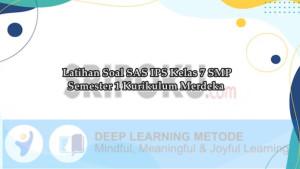
|
|---|
| 30 Soal SAS IPS Kelas 7 SMP Semester 1, Lengkap Kunci Jawaban & Indikator Soal |

|
|---|
| Contoh Soal Sumatif Sejarah Kelas 12 SMA Semester 1 Kurikulum Merdeka Beserta Kunci Jawaban |
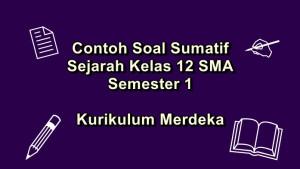
|
|---|
| Latihan dan Kunci Jawaban PAI Kelas 5 SD Halaman 105 Kurikulum Merdeka |
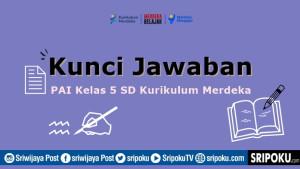
|
|---|
| Latihan dan Kunci Jawaban PAI Kelas 5 SD Halaman 102 Kurikulum Merdeka |

|
|---|
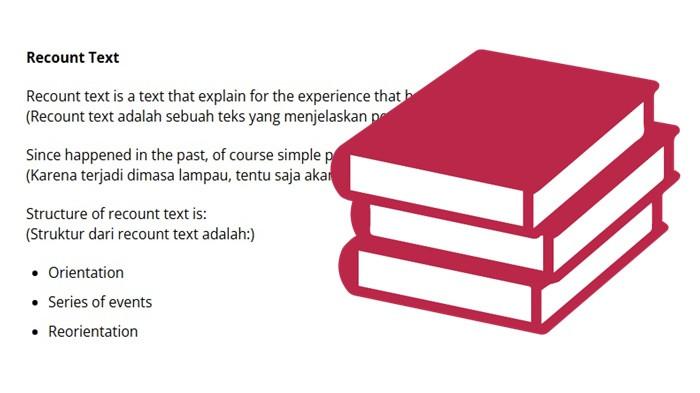


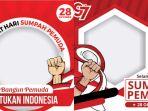










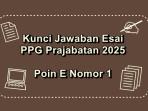

Isi komentar sepenuhnya adalah tanggung jawab pengguna dan diatur dalam UU ITE.